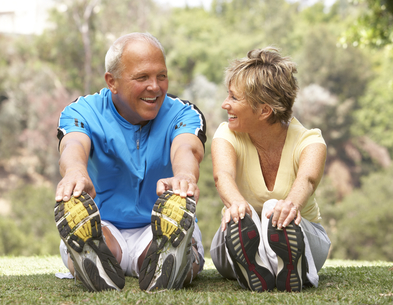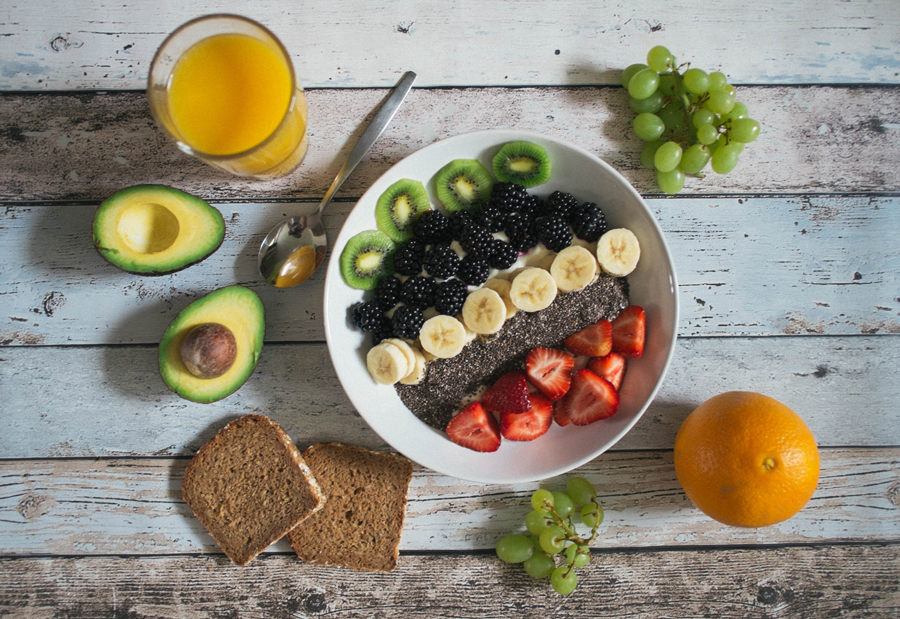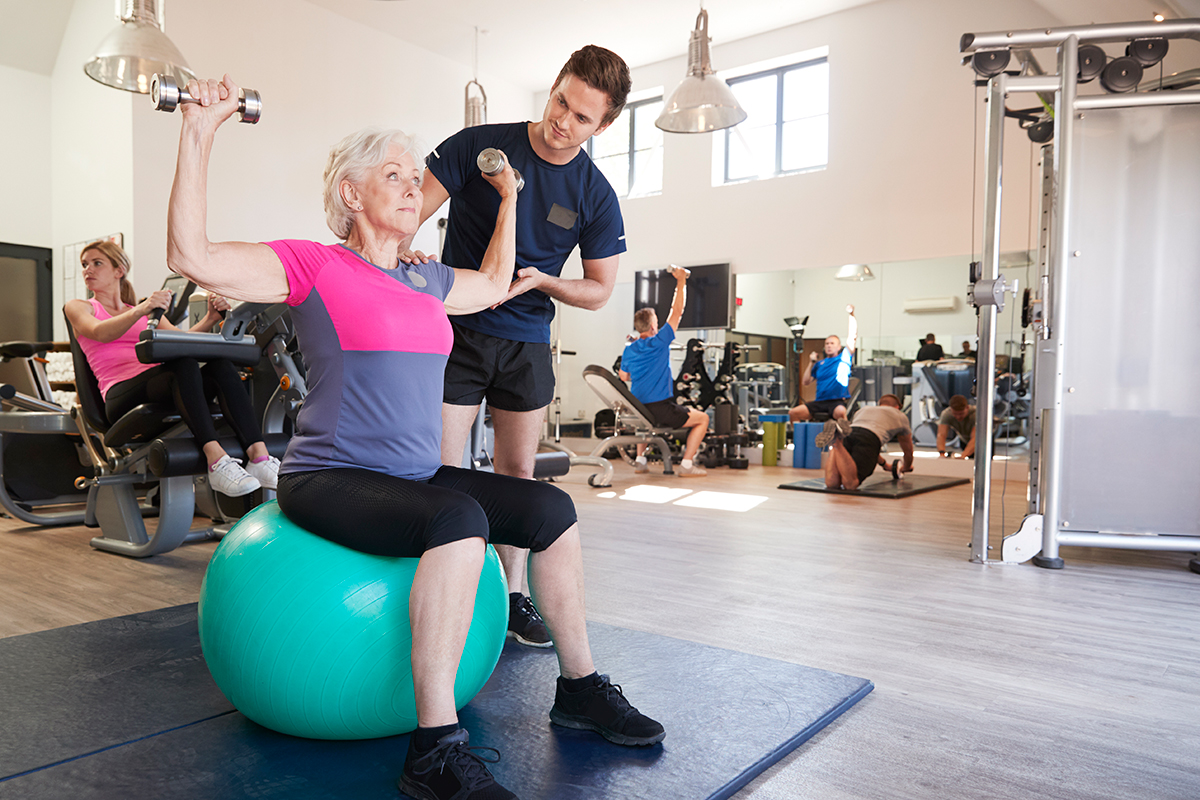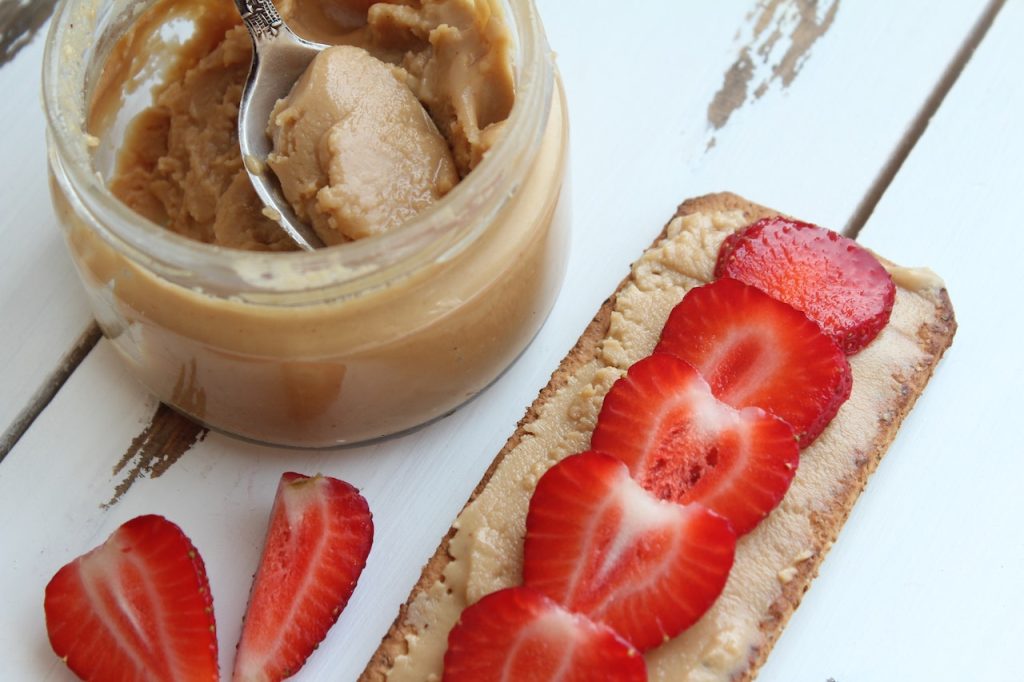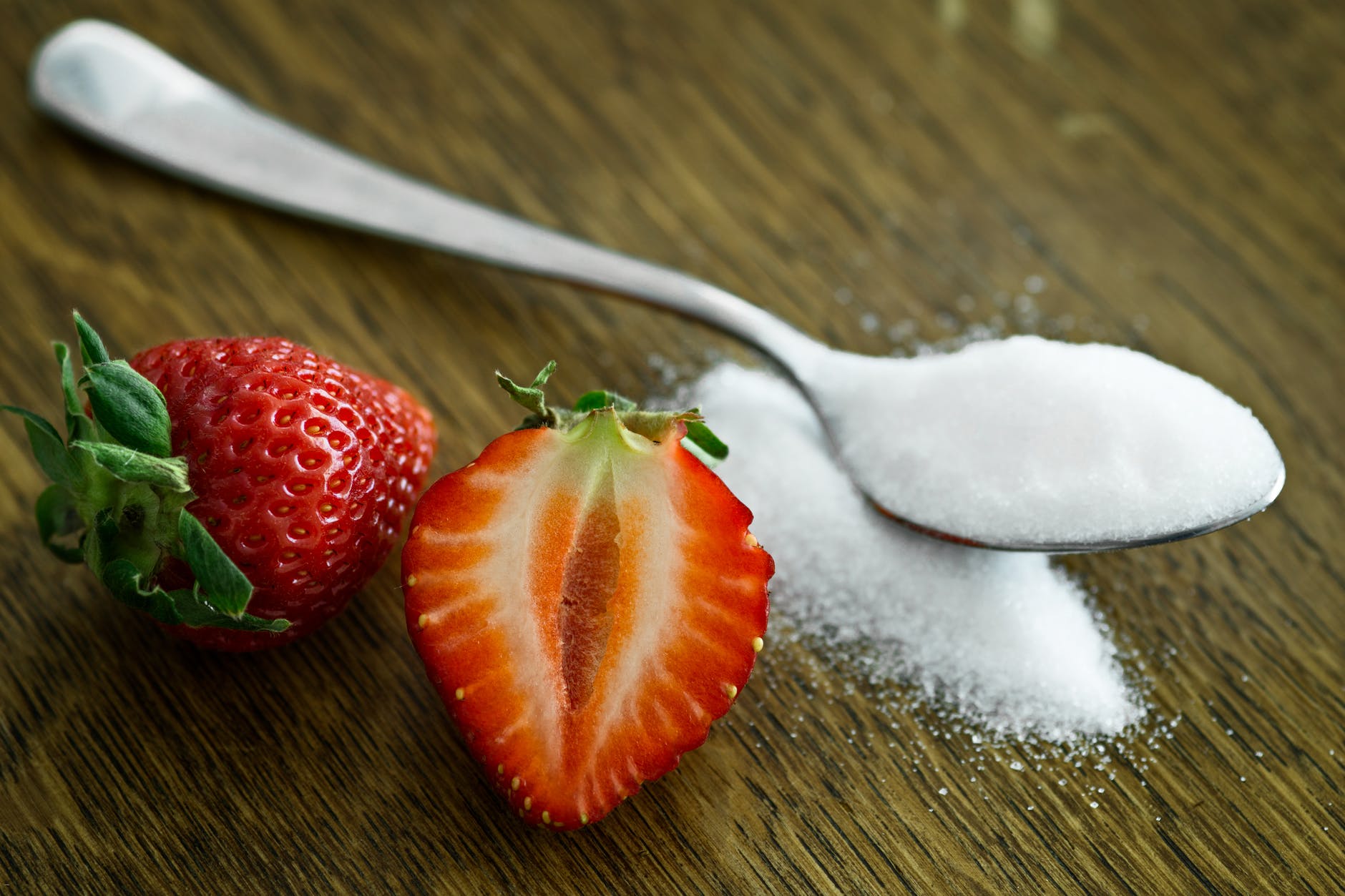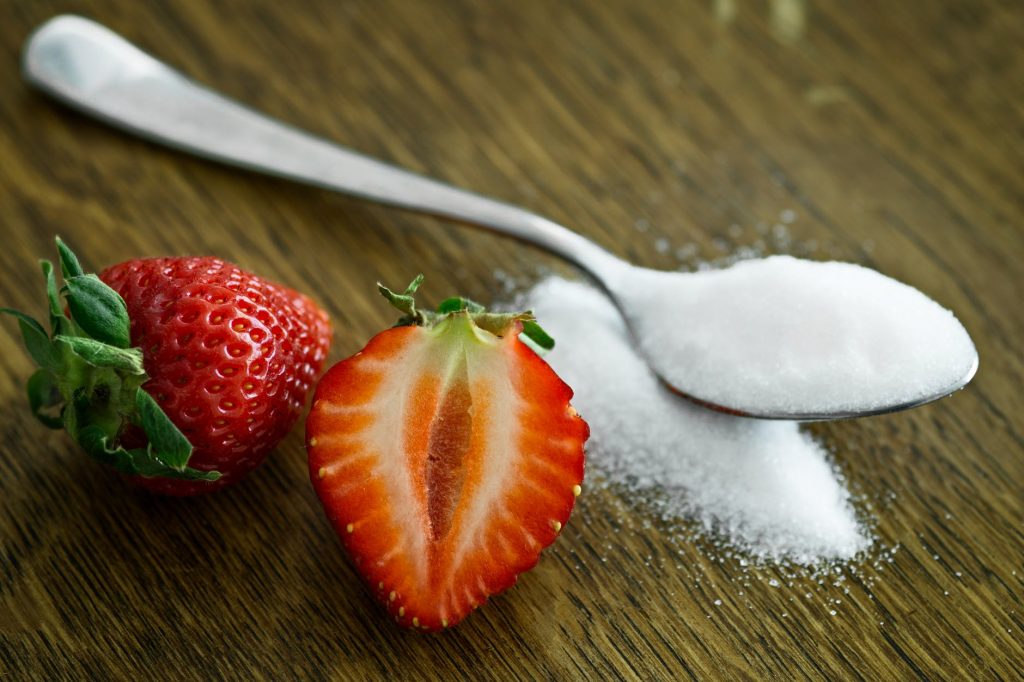Surviving the Holiday Season
The hardest time of year for weight management is from Halloween until Valentine’s Day – temptations are everywhere from home to the workplace and everywhere else you go, people wear more clothes and are more covered up because of the weather, and people tend to exercise less because they are stressed, exhausted, it is cold, and they have very little time.

Here are some tips to manage weight during the holiday season…
Plan ahead
- Eat something before you go out so that you are not inclined to eat everything or anything in sight.
- Stock your home, office, and/or car with healthy snacks such as fruit in your home, almonds in your office, and a nutrition bar in your car.
- Plan on making healthy choices for your meals such as mustard instead of mayonnaise or light Italian rather than ranch dressing.
Manage stress
- Make a list of stress relieving activities that do not include food or eating such as getting a massage, exercising, listening to music, or talking on the phone.
Party responsibly
- If you are attending a pot-luck party, bring something healthy so you know there will be at least one healthy choice at the party.
- Eat small portions of your favorite sweets at parties.
- Try to fill your plate with mostly fruits and veggies at parties.
- If you want to try new dishes, only take a taster size portion so that you are not tempted to eat more than you should. Then go back and get more of what you like if you are still hungry.
- Drink a glass of water after each glass of soda or alcoholic beverage in order to cut beverage calories in half.
- Focus on socializing with other guests rather than eating the food available.
Keep moving
- If you know you will not have time to exercise, try to fit other small activities into your day such as parking farther away, taking the stairs, and putting the shopping cart away instead of putting it to the side.
- If you have a stationary bicycle or a treadmill that you haven’t used for a while, take it out and put it in front of the TV, so you can watch TV when you work out.
- Take a walk alone or with your spouse, kids, or other family and friends after dinner.
Kristy Richardson is a dietitian and exercise physiologist, specializing in sports nutrition and weight management, She is the founder of OC Nutrition and also works as a nutrition professor at Fullerton College.
References
Cleveland Clinic. (2009). 8 Steps to Surviving the Holiday Weight Gain. Retrieved December 22, 2009 from: http://my.clevelandclinic.org/heart/prevention/nutrition/holidayeating12_01.aspx
Zamora, Dulce. (2007). Holiday weight management; Surviving the Feasting Season. Retrieved December 22, 2009 from: http://www.medicinenet.com/holiday_weight_management/article.html




